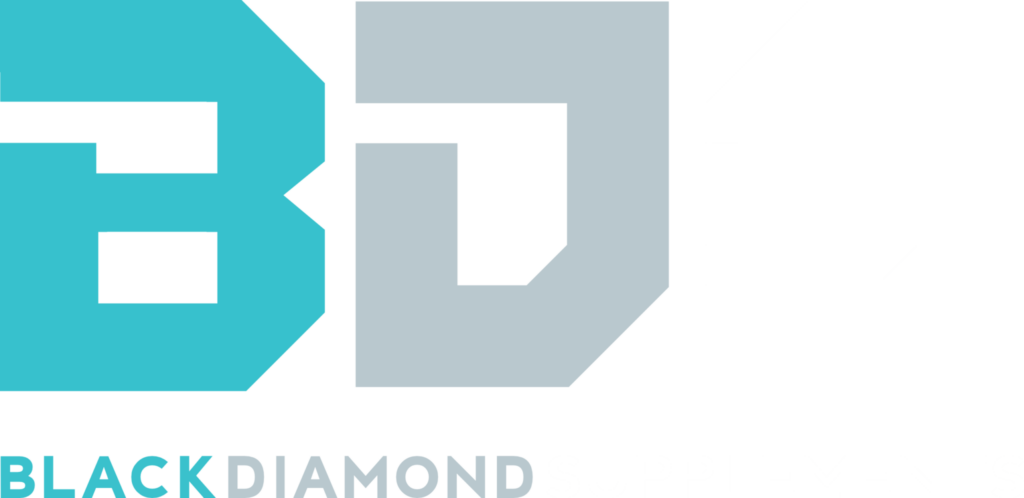If achy, stiff joints have you down, chances are you’re looking for some joint health information. Getting a good joint support product is definitely going to be a game-changer for you, but beyond that, there are a few other additional things you can do.
Joint support products work to help improve joint integrity and help rebuild and repair tissues that may be problematic but if you aren’t doing things in your lifestyle to help support your efforts, it may still go unnoticed.
Let’s look at 6 tips for improving joint health that you should consider so that you can stay in the game and keep training hard. Nothing is worse than being sidelined by joint pain.
Change Your Routine Often
Perhaps the most important thing to be doing in the gym in order to save your joints is to ensure that you’re changing your routine often. It’s all too easy to get stuck in the rut of doing the same exercises over and over again, especially if you are seeing good results, but this is doing nothing to help your joints out.
The problem here is that by doing so, you’re performing the same repetitive movement over and over again, which may be fine for your muscles that have a fast recovery, but isn’t so fine for your joints.
Your joint health is slowly taking a beating and because they do have a longer recovery time, without any prolonged time off they can start to show signs of wear and tear.
At first, it might just be a light nagging pain you get when you move in a certain way. Slowly that pain will build however and before you know it, you won’t be able to complete the exercise any longer.
Overuse/overtraining is one of the leading causes of joint injury, so something you need to be really careful about side-stepping.
The good news is that you don’t need to go making huge changes to avoid this. A small tweak here and there – simply using a different grip position for example can make a world of difference as far as your joints are concerned.
Use Joint Support Braces As Needed
The second thing you’ll want to do is make sure that you are using supportive braces as needed. Now, you don’t want use a support brace every chance you get. Support braces can be good and bad. When used properly they can help provide additional support to maintain joint integrity and avoid injury.
For example, if you’re loading up for your max squat and are worried about your knees handling the weight, wearing some knee sleeves are definitely an excellent idea.
On the flip side though, if you were to wear those knee sleeves each and every time you squat (not just for the max set or those close to it), now you’re just reducing how much work the muscles and ligaments surrounding the knees have to do.
In time, this can actually lead to joint weakness and could set you up for more problems. You don’t want to cause the joints to weaken in your quest to preserve them, but you do want to protect them.
It’s a fine line knowing where that is but generally speaking if you’re confident you can do the lift without too much struggle, go without. If you aren’t quite sure, get the support you need.
Get Activity Daily
You’ve probably heard the saying ‘A body in motion stays in motion.’ Heed this advice. When you’re inactive for lengthy periods of time, the joints will stiffen, and it can become more painful when you finally do start moving again.
It’s understandable – and advisable – to take rest days from the gym, but this doesn’t mean you need to sit and do nothing. Continue to get active. Whether this means you’re just going for a walk at some point in the day, doing some light yoga, or hitting the gym for some moderate cardio, some form of activity is good to get the blood flowing.
It’s also important to look at your lifestyle overall and ensure it’s not too sedentary. It can be easy to think that just because you did your workout earlier, you have a free pass to sit and not worry. That isn’t the case. You should still avoid sitting for hours on end during the workday.
Lose Excess Weight
This is a big one and if you’re focusing on strength building in the gym, something to take more seriously. The classic ‘bulking phase’ is taken too far by many strength trainees and can lead to pounds and pounds of excess fat gained.
While gaining some body fat is typically inevitable during a muscle-building phase, you really should do your best to control it to some degree. Don’t let yourself get too caught up eating everything in sight because you will pay the price for it.
Not only does it mean a longer period of dieting later on (which can provoke the loss of lean muscle mass if you aren’t careful), but it can also lead to increased risk of joint pain amongst other problems.
We must not lose sight of the fact that excess weight is excess weight. It doesn’t matter if you only plan on it being temporary, it is still stress on the body. The excess poundage coming down on the body is going to mean more stress on your joints and in time, this can cause joint pain to erupt.
The solution? A lean bulk. Try and keep things under control. Don’t use such a great surplus and focus on adding some lean muscle while keeping fat gains minimized. Again, accept you will probably gain some fat, but the ratio of fat to muscle gain should not be 1:1 or higher. If you’re gaining more fat than muscle, you’re doing something wrong.
Take A Joint Support Product Daily
As noted in the introduction, taking a joint support product on the regular can also go a long way towards protecting your joint health and preventing injury down the road. The thing to remember with joint support products is they aren’t like a pre-workout where you see results right away. You won’t take them and instantly find relief from joint problems.
They are a product you need to take regularly and consistently to help maintain and build the integrity of your joints, so you don’t run into joint woes down the road. You may not even notice that these products are working until you think about it and come to see that you haven’t had joint pain in many months. At that point, you’ll then see that the joint support product is helping you stay in the game.
Typical ingredients you’ll find in joint health supplement products include collagen, glucosamine, shark cartilage, MSM, as well as vitamin D, so shop around and find one that you feel fits your needs best.
Check Your Form
Finally, last but not least, get into the habit of doing a form check every so often. Using poor form is one of the most costly mistakes strength trainees can make as it almost always sets you up for joint pain down the road.
Keep your form on track the entire time through every exercise you do. If you ever catch yourself moving out of good form, stop, rest, and consider lightening the load if you can’t handle it. Ego lifting is a big mistake that, while it may make you feel powerful, will often leave you side-lined.
Keep your weight realistic and maintain good form. If you’re using proper mind-muscle control, you’re going to experience far better results training in this manner than using as much brute force as you can muster to press the weight up.
So, keep these tips in mind and make sure that you’re doing everything you can to help prevent and/or manage joint pain. Joint problems don’t have to get you down if you have a good plan in place and a proper joint support product to help.
For more information on Joint Support Products visit Black Diamond Supplements.






